International Heritage Centre blog
The accession in the suitcase
The accession in the suitcase
For archivists, the arrival of an unexpected parcel tends to raise mixed emotions: curiosity, some excitement, but mostly trepidation. When we haven’t been consulted about a deposit in advance, there is a good chance it will contain items that don’t meet our collection policy and it can be time-consuming to arrange to return or dispose of them. However, sometimes the surprise is a pleasant one…
Recently, we received a box in the post which opened to reveal a small leather suitcase. A post-it note explained that the case had been found in a loft and handed in to the nearest Salvation Army citadel but no further information was known about it or its contents. Inside was a photograph album, two framed photographs and an assortment of loose papers.
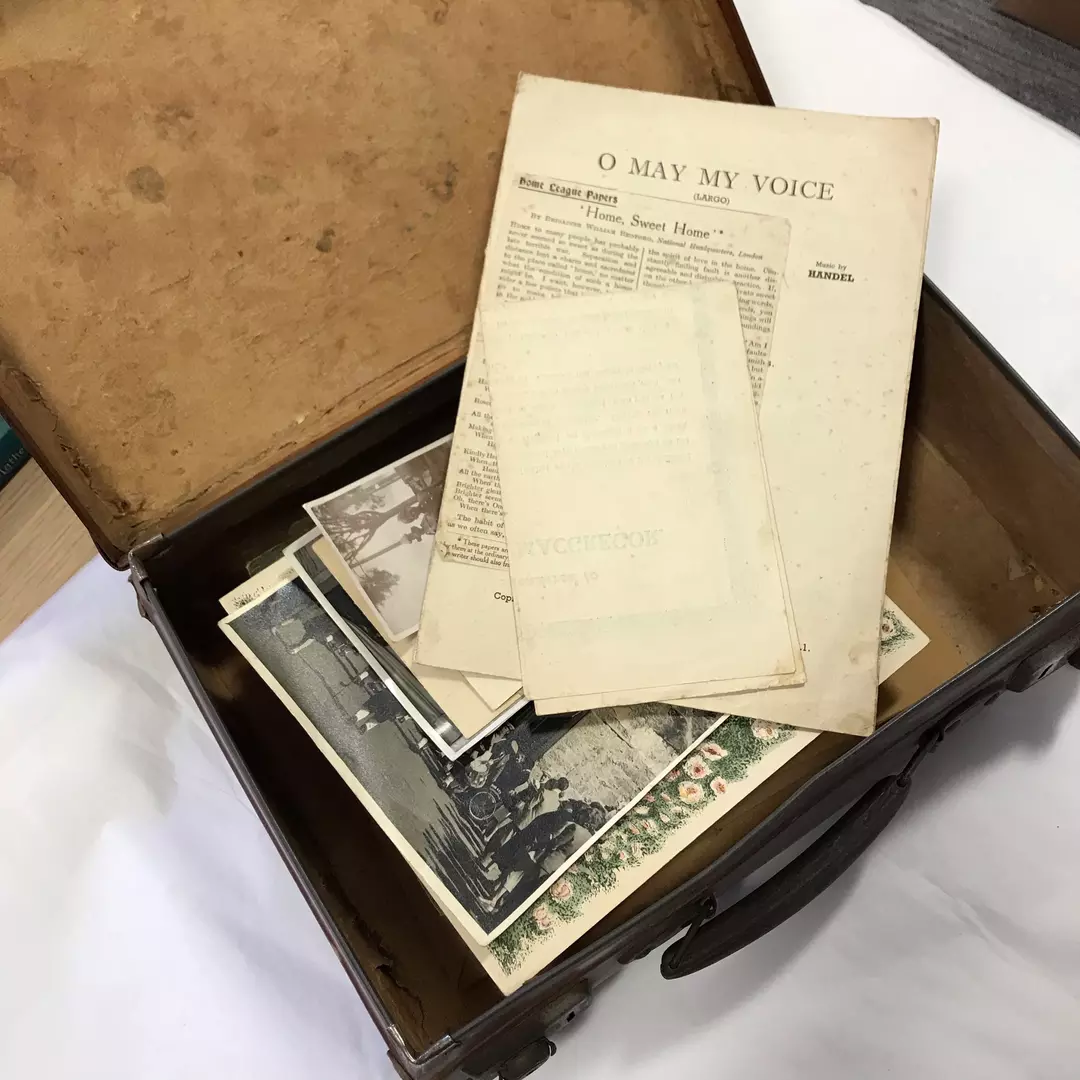
The album was filled with small black and white photographs, including photo after photo of the same couple who also appeared in both framed photographs. In some pictures they wore the style of Salvation Army uniform used in India and Sri Lanka (then Ceylon) in the early twentieth century. Others showed them in the uniform of British Salvation Army officers from the same period. In many more they were dressed in ‘civilian’ clothes. There were photographs of them with family and friends, at work, at leisure, and even of them getting married. Most had been carefully labelled with the names of the people, places and institutions pictured. However, as the couple had put the album together themselves, each photograph of them was just labelled ‘we’ or ‘us’ giving no clue to their identities.

The papers were little more help in identifying the couple. Only one document provided a hint: a statement thanking Mr and Mrs Macgregor for their work at Perambur Settlement in 1927-1928. Perambur was one of the places the couple was pictured at in the album. However, a search for the surname Macgregor in our officer database didn’t turn up any plausible matches. This database only includes officers who have served full careers with The Salvation Army, so the fact that the Macgregors were absent from it indicated that they must have stepped down as officers at some point. This signalled that the search for their names was not likely to be straightforward.
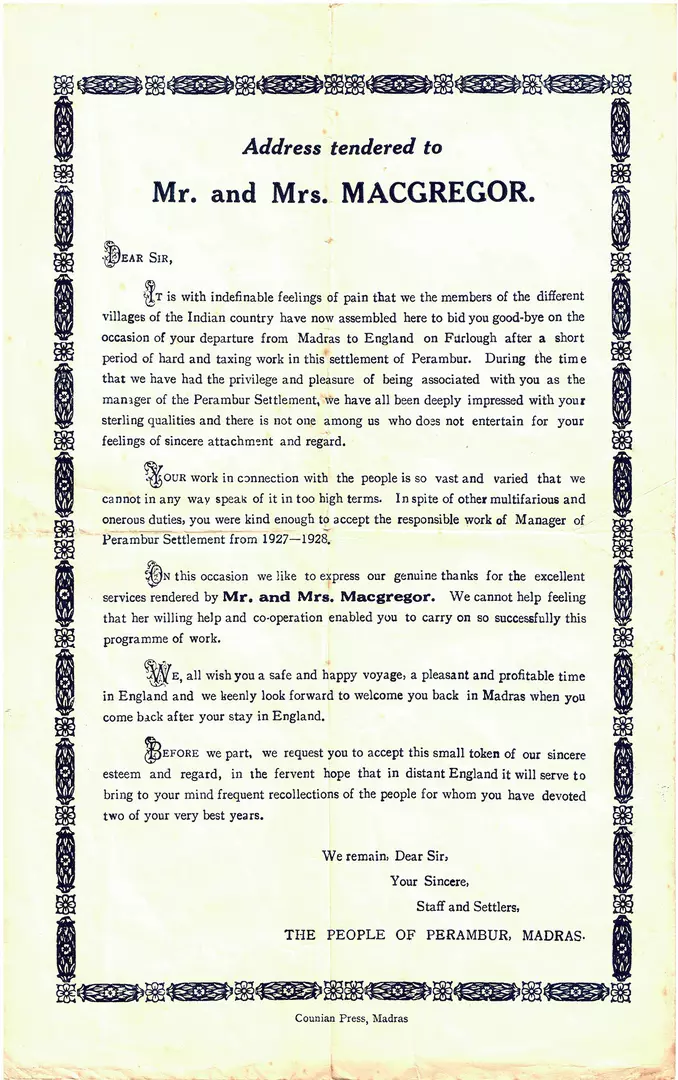
Starting with the only firm piece of information I had - that Mr and Mrs Macgregor left Perambur Settlement in 1928 - I went to the Indian edition of The War Cry for that year. Perambur in Madras (now Chennai) was a Reformatory Settlement for prisoners established by The Salvation Army in 1913. From our catalogue, I found that we had no other known photographs of the settlement, which made the album a very useful addition to our collection. In the December edition of the Indian War Cry, I found a reference to ‘Captains Veera Ratna and Anagi (MacGregor) and family’ departing Madras for the UK on homeland furlough. In the early twentieth century, Salvation Army missionary officers in Asia adopted local names, hence Veera Ratna and Anagi. It was frustrating not to find their given names in this brief notice, but at least their adoptive names were another piece in the puzzle.
Bearing in mind that the photograph album included pictures taken in Colombo and Kandy in Sri Lanka, as well as Perambur in India, I tracked back through several years of The War Cry looking in both the Madras and Ceylon sections. I found numerous tantalising references to Captain Veera Ratna entertaining various groups of people with his excellent singing voice and musical talent, but none of these gave more than his surname. I discovered that he had arrived in Ceylon on 24 October 1923 to serve in the Finance Department at the Colombo Headquarters and was also tasked with doing the rounds of the ‘Estates’ in June 1924, but still could find no more than his surname.
Eventually, in the May 1925 edition, I stumbled across a column announcing ‘Wedding Chimes. Wedding of Captains Anagi (Leverett) and Veera Ratne (McGregor)’. A notice elsewhere on the page filled in the gaps:
MARRIAGE.
Captain Veera Ratne (Wm. H. McGregor) out of Calton, Scotland, 19th August 1920, Special Collector, THQ, Colombo, Ceylon, to Captain Anagi (Minnie Leverett) out of Kettering, England, 22nd August 1918, last stationed at Gampola Corps, April 11th 1925 by Lieut-Colonel Prakram Singh (H. B. Colledge).
This announcement helped make sense of some of the other items in the suitcase: a programme for Kettering Citadel Band dating from the 1960s, and a telegram from the King to mark the golden wedding anniversary of George and Elizabeth Leverett (Minnie’s parents) in 1947. Some of the captions in the photograph album began to make more sense too, like a photograph of Minnie labelled ‘Our “Min”’ which gives a nice glimpse into how she was known to her family.

There is more work to be done to piece together the lives of Minnie and William. I am yet to investigate their subsequent careers with The Salvation Army after they arrived back in the UK, or Minnie’s work in India and the UK before her marriage. The collection includes photographs of them in Salvation Army uniform from the early 1930s, so their connection with The Salvation Army continued at least until then. They appear to have lived out their later lives in Kettering with William dying there in 1966 and Minnie in 1984 but they may also have spent time in William’s hometown of Glasgow.
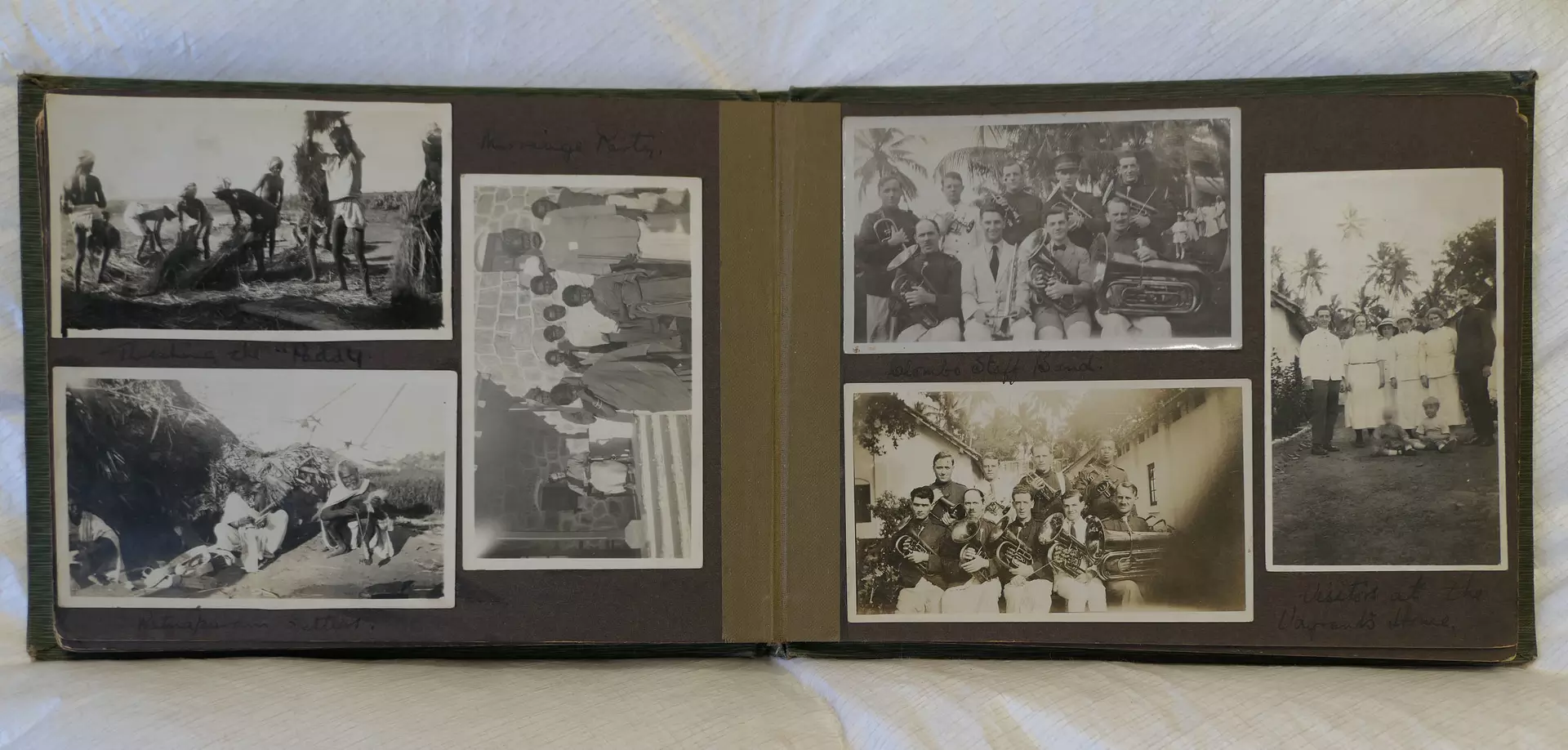
However, even without knowing their full stories, the historical value of their small collection of papers is clear. It is a window into the lives both of young missionaries in the early twentieth century and the people who were the target of their work. Though few, the McGregors’ photographs of Salvation Army settlements for so-called ‘criminal tribes’ at Stuartpuram, Ratnapuram and Perambur are unique and more candid than any that would be found in periodicals of the time. We are glad to have these papers and to be able to make them available for research.
Ruth
May 2021
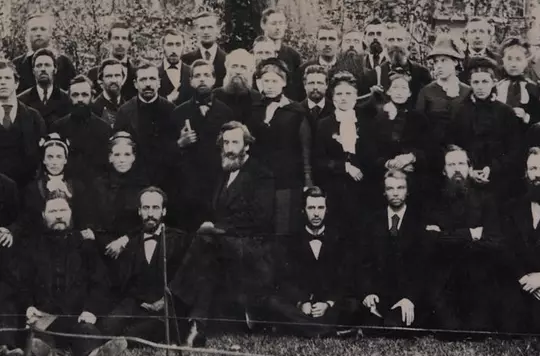
Dedicated Followers: Uniforms and The Salvation Army’s Attitudes to Fashion
Everybody recognises a Salvation Army uniform. But what was behind their introduction in the late nineteenth century?
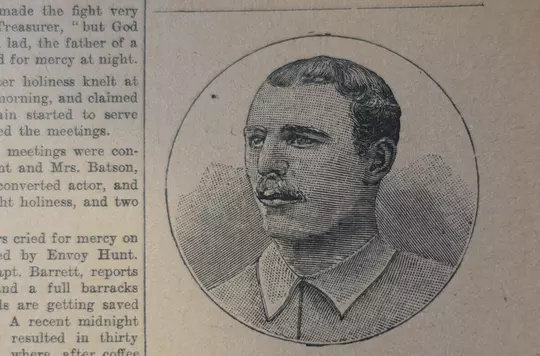
Davie Haddow, the converted international footballer
As the 2020 European Championship nears the finals, our Director, Steven Spencer, reflects on the life of Davie Haddow, The Salvation Army's 'Converted Footballer'.
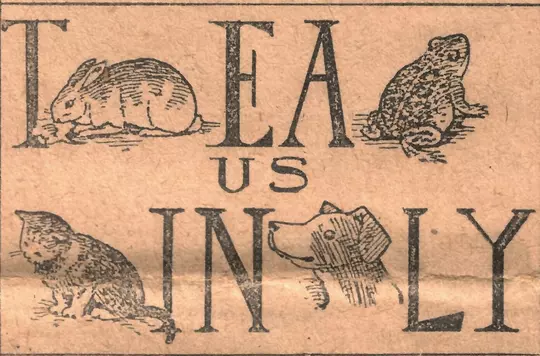
‘the creatures He made’: Animal Welfare in Salvation Army History
As concern about animal welfare grew in the late nineteenth century, the early Salvation Army took an active part in promoting humane treatment of animals.
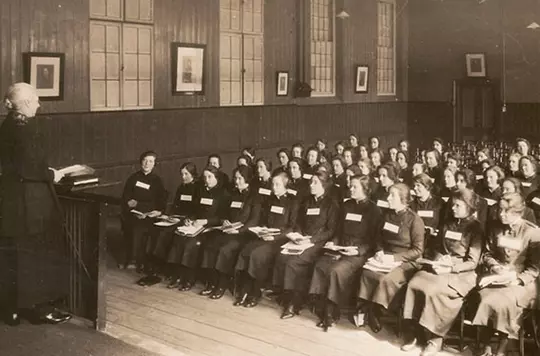
Women's History Month 2021 roundup
This blog post brings together the resources that we have shared via social media, throughout Women's History Month 2021.